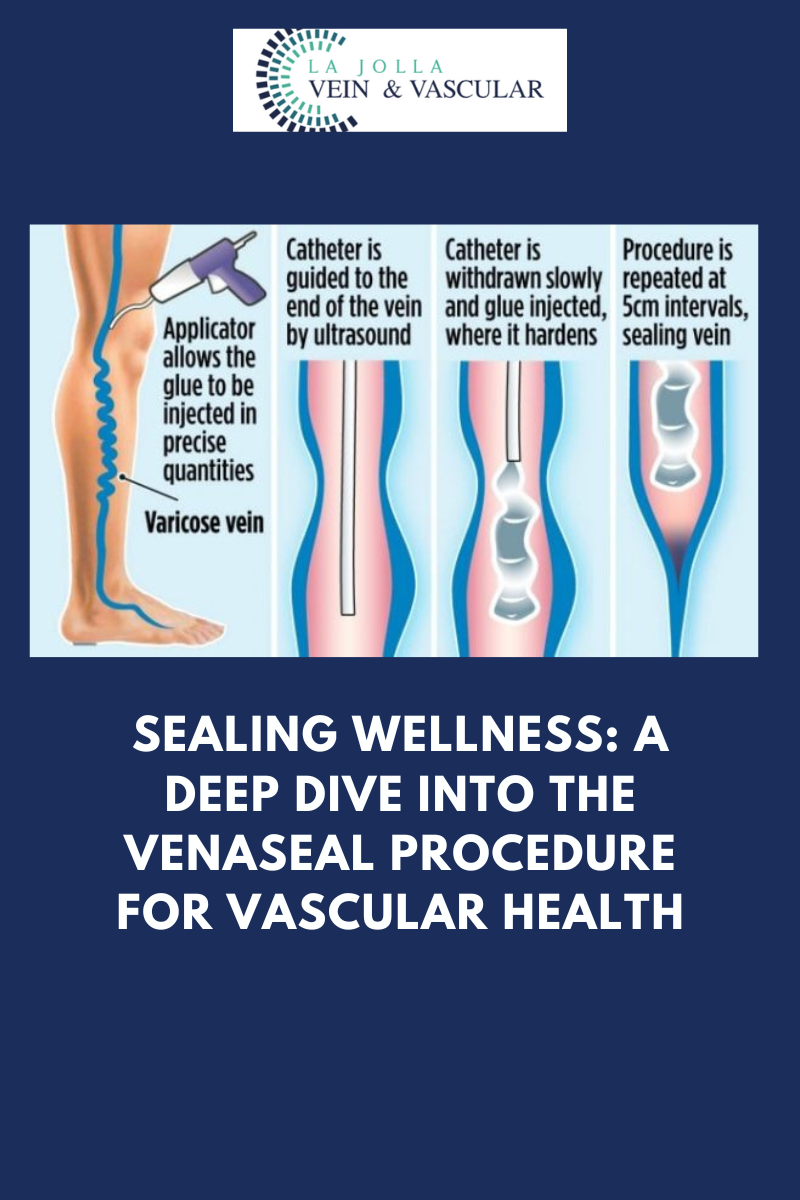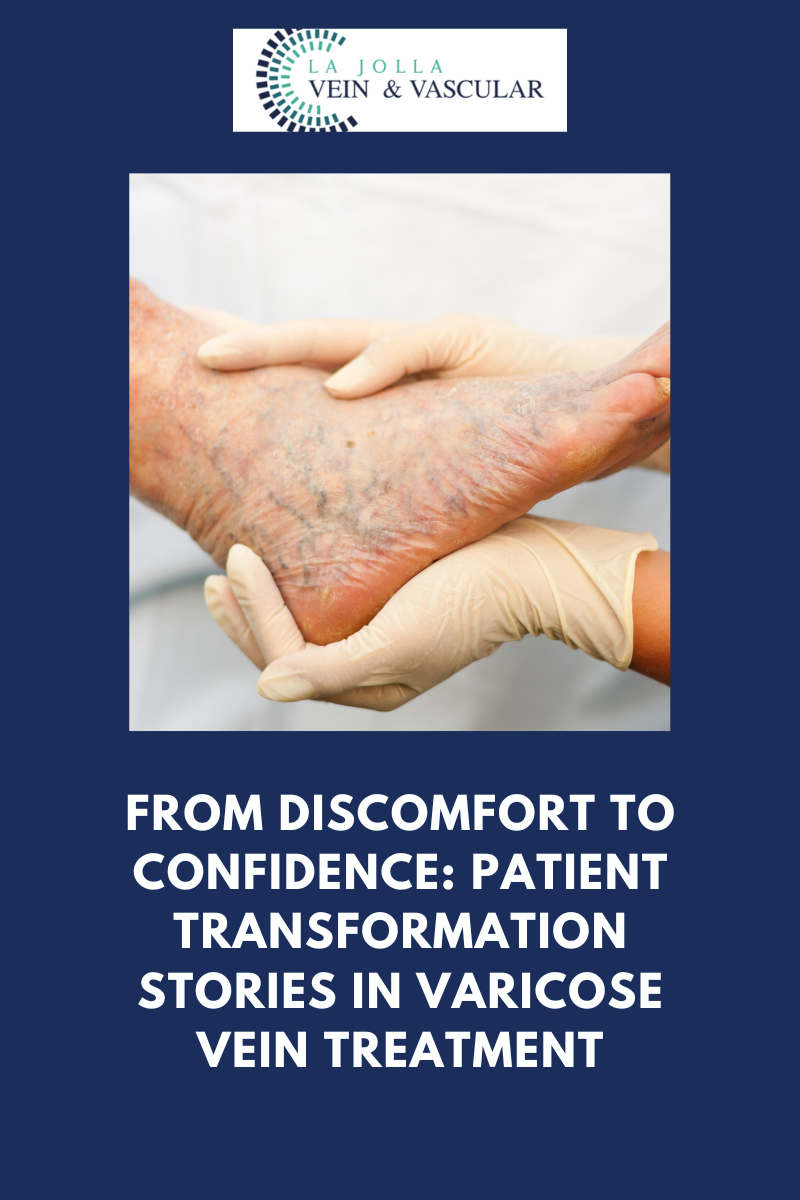Carotid Artery Ultrasound:What you need to know to prevent strokes

Carotid Artery Ultrasound: What you need to know to prevent strokes
Imagine having the power to glimpse into the intricate passageways that carry blood to your brain, helping identify potential threats before they strike. Carotid Artery Ultrasounds offer exactly that: a non-invasive window into your carotid arteries to prevent strokes. In this blog post, we’ll delve into the world of carotid artery ultrasounds, why they are crucial for stroke prevention, and the risk factors you need to be aware of.
The Significance of Carotid Artery Ultrasounds
Carotid Artery Ultrasounds are more than just routine evaluations; they are powerful tools in the arsenal against strokes. These ultrasounds play a vital role in assessing the health of the carotid arteries, which supply oxygen-rich blood to the brain. Their primary purpose is to detect potential issues that could lead to stroke, especially in individuals who have experienced symptoms of a Transient Ischemic Attack (TIA) or are at risk.
Understanding Transient Ischemic Attack (TIA)
Before we dive into the details of carotid artery ultrasounds, let’s shed light on Transient Ischemic Attacks, often referred to as TIAs. These are warning signs that the brain’s blood supply is temporarily interrupted. Symptoms of TIA can include:
- Sudden numbness in the face, arm, or leg, especially on one side of the body.
- Difficulty speaking or slurred speech.
- Vision problems, such as sudden blurred or double vision.
- Dizziness or loss of balance.
- A severe headache with no apparent cause.
TIA symptoms mirror those of a stroke, but the key difference lies in the duration. TIAs are brief episodes, typically lasting a few minutes to a couple of hours, and do not cause permanent damage. However, they serve as significant red flags for potential strokes.
Evaluating Stroke Risk with Ultrasound Screenings
Carotid artery ultrasounds are instrumental in evaluating stroke risk, especially in individuals who have experienced TIA symptoms. Here’s how these screenings work:
- Non-Invasive Imaging: Carotid artery ultrasounds use non-invasive imaging technology to visualize the carotid arteries in the neck. High-frequency sound waves create detailed images of these crucial blood vessels.
- Identifying Blockages: The ultrasound helps identify any blockages or plaque buildup within the carotid arteries. These obstructions can reduce blood flow to the brain, increasing the risk of a stroke.
- Early Intervention: Early detection of blockages allows healthcare providers to take proactive measures to prevent strokes, such as medication or surgery to clear the arteries.
Know the Risk Factors for Stroke and Arterial Disease
Being aware of the risk factors for strokes and arterial disease is the first step towards prevention. Here are some key risk factors you should know:
- High Blood Pressure: Hypertension is a leading cause of stroke, making blood pressure control essential.
- Tobacco Use: Smoking increases the risk of arterial disease and stroke significantly. Quitting smoking is one of the most effective ways to reduce this risk.
- Diabetes: Individuals with diabetes are at higher risk of stroke. Managing blood sugar levels is crucial.
- Family History: A family history of stroke or arterial disease can increase your risk.
- Age: Stroke risk increases with age, especially after 55.
- Obesity: Excess weight can contribute to high blood pressure and other risk factors.
- Sleep Apnea: Untreated sleep apnea can raise the risk of stroke due to interrupted breathing during sleep.
Carotid Artery Ultrasounds are not just medical procedures; they are guardians of your brain’s well-being. If you’ve experienced TIA symptoms or fall into the high-risk categories, discussing carotid artery ultrasounds with your healthcare provider is a proactive step toward stroke prevention. By understanding the warning signs and risk factors, you can take control of your vascular health and reduce the likelihood of a stroke altering your life’s course.
“Bringing Experts Together for Unparalleled Vein and Vascular Care”
La Jolla Vein & Vascular (formerly La Jolla Vein Care) is committed to bringing experts together for unparalleled vein and vascular care.
Nisha Bunke, MD, Sarah Lucas, MD, and Amanda Steinberger, MD are specialists who combine their experience and expertise to offer world-class vascular care.
Our accredited center is also a nationally known teaching site and center of excellence.
For more information on treatments and to book a consultation, please give our office a call at 858-550-0330.
For a deeper dive into vein and vascular care, please check out our Youtube Channel at this link, and our website https://ljvascular.com
For more information on varicose veins and eliminating underlying venous insufficiency,
Please follow our social media Instagram Profile and Tik Tok Profile for more fun videos and educational information.
For more blogs and educational content, please check out our clinic’s blog posts!





